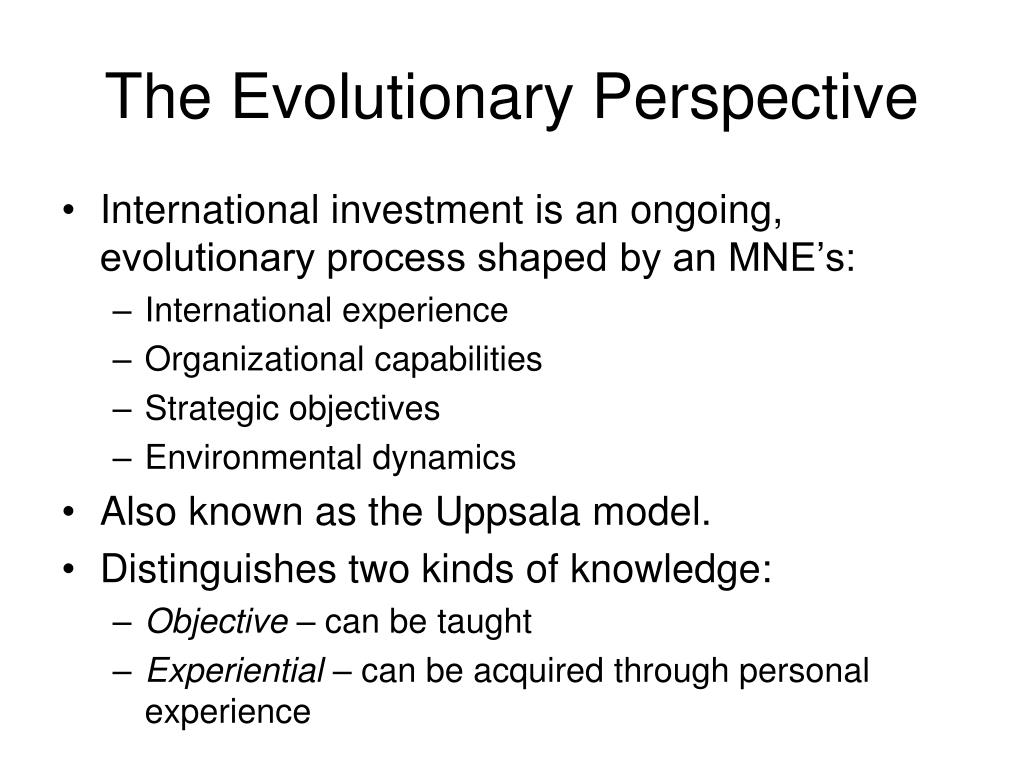

The Intersection of Self-Control Theory, Objective Self-Awareness, and Mindfulness International Journal of Indian Psychology, 2018, Vol. When mindfulness was included as a covariate, none of the changes were significant. Also, the participants demonstrated self-reported increases in several items on the Self-Control scale including impulsivity, self-centeredness, and a preference for physical compared to mental tasks. introjection such as ego involvements and objective self-awareness can.

These changes were significantly correlated with exam satisfaction. In 1990, Graham and Weiner divided motivational theories into three time period. These results showed a significant increase in negative affect, a significant decrease in self-esteem, and a significant reduction in self-control after the posttest. Additional scales included the Five-Facet Mindfulness Questionnaire, the Positive Negative Affect Scale, and the Rosenberg Self-Esteem Scale. (1993) Self-Control Scale which measures criminal impulsivity. To accomplish this task, 118 undergraduate participants were recruited and surveyed prior to and after a statistics test.

This study investigates how changes in self-awareness impact criminological self-control and the degree to which mindfulness buffers against these changes. International Journal of Indian Psychology, 6(2), pp. Because of a divided focus of attention associated with objective self awareness, self aware subjects were expected to demonstrate less discrimination among stimulus persons than were non self aware subjects. The intersection of self-control theory, objective self-awareness, and mindfulness. Objective self awareness was induced in half the subjects by training cameras on them as they viewed the tapes.


 0 kommentar(er)
0 kommentar(er)
